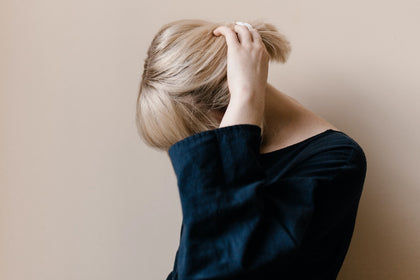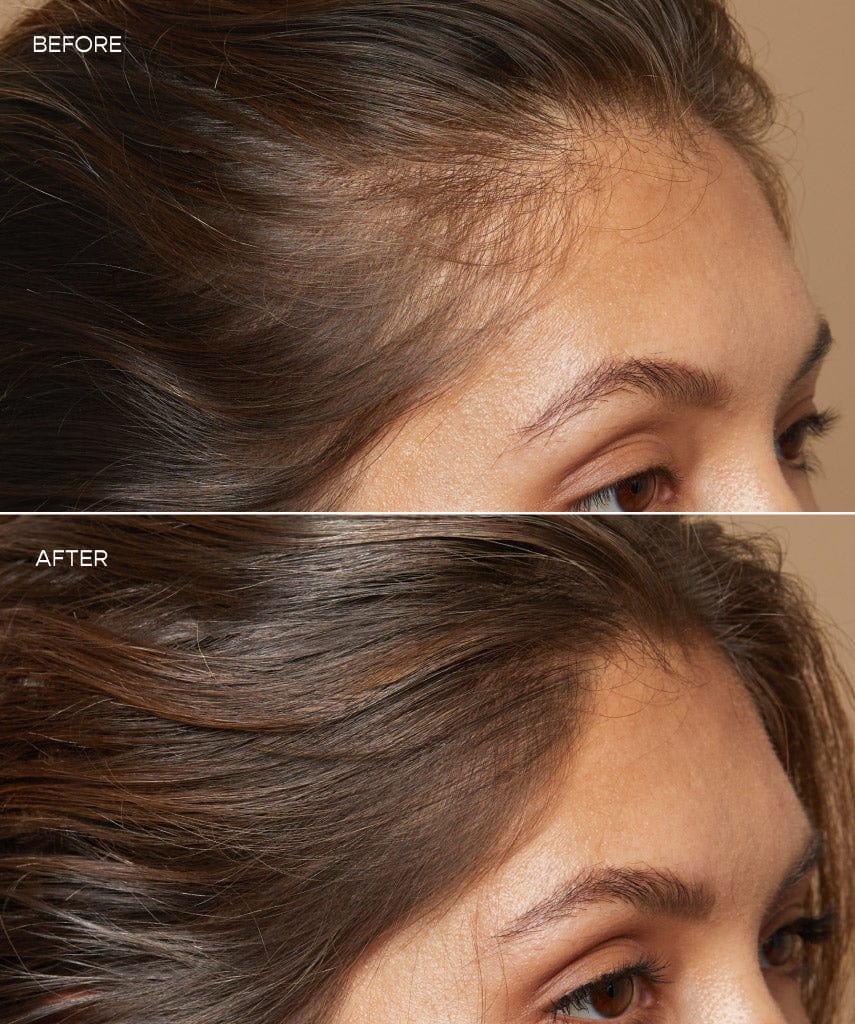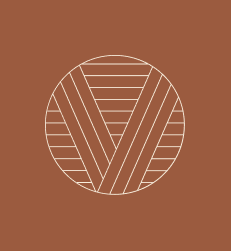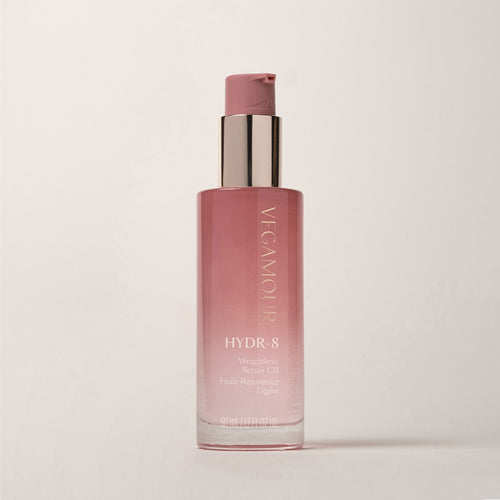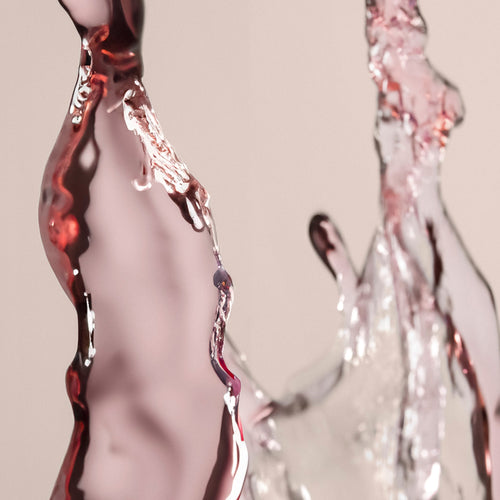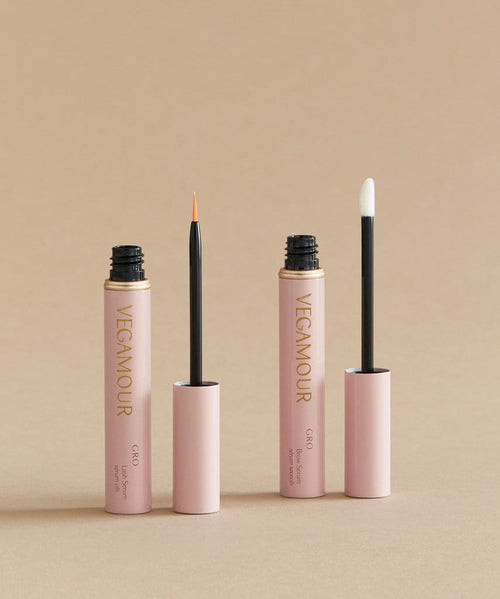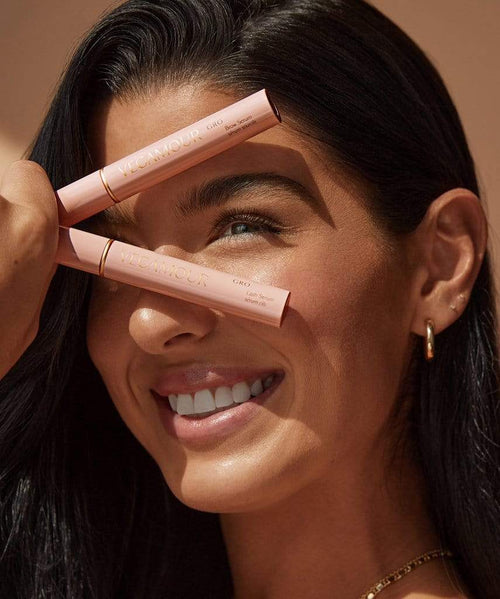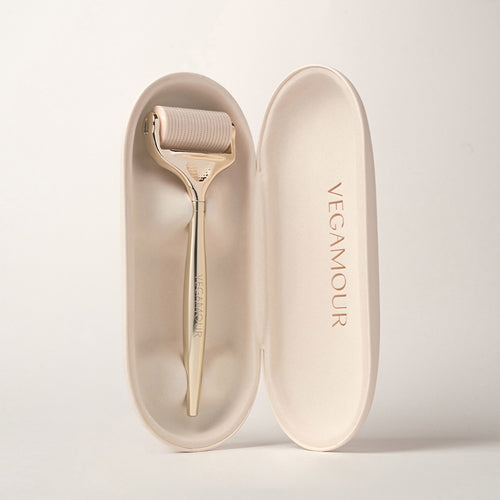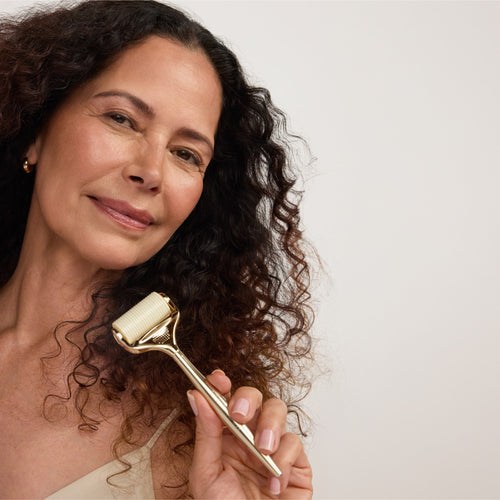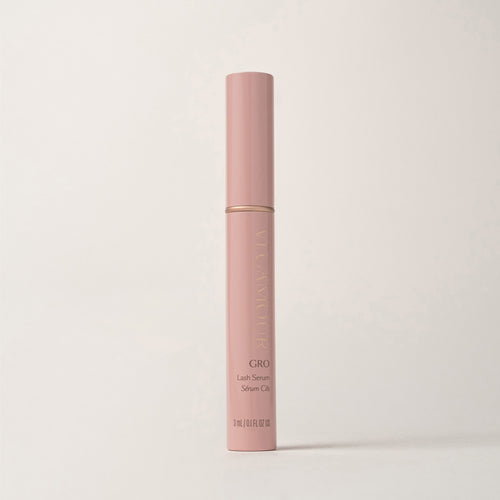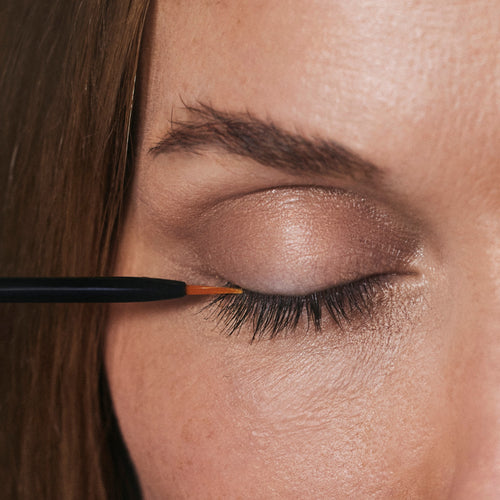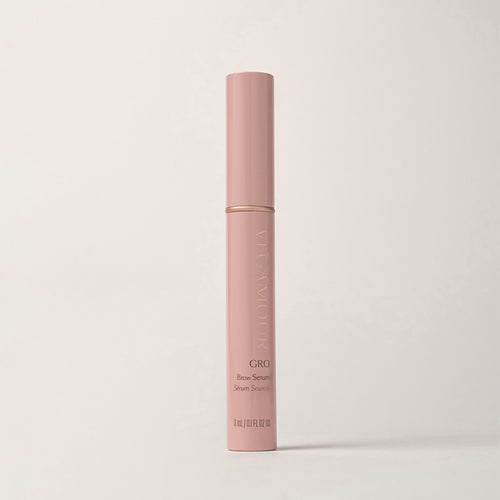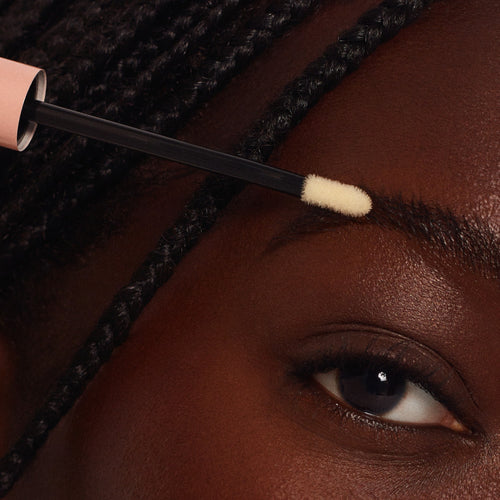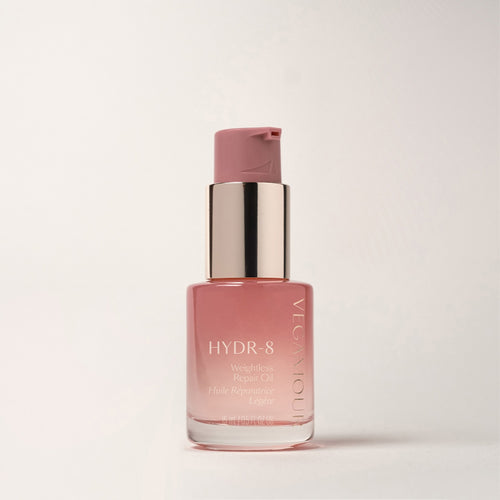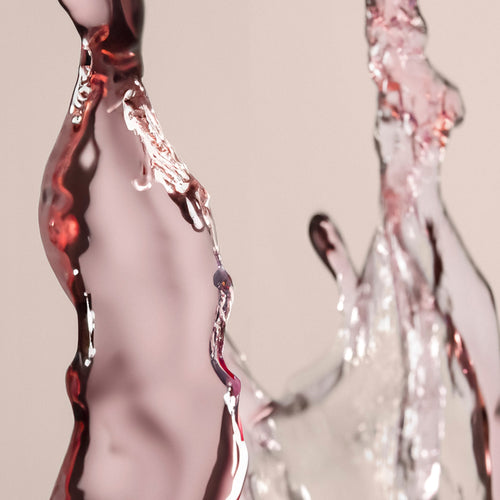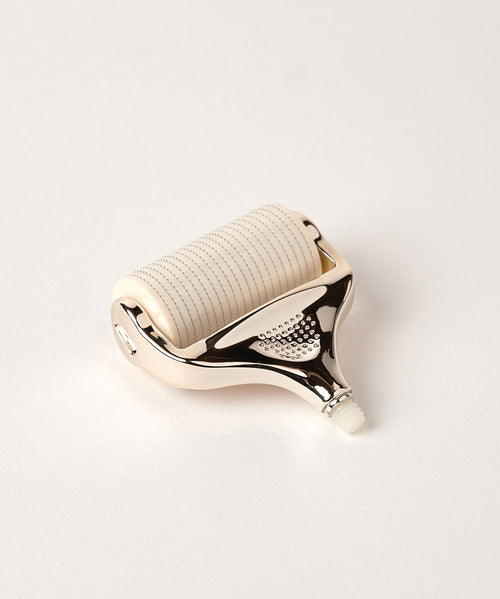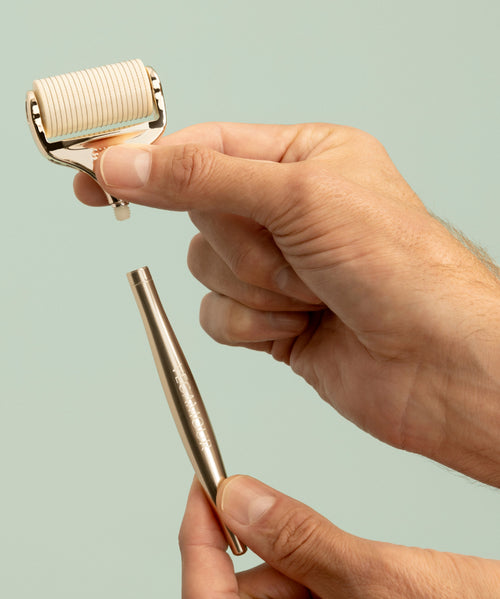Losing hair every day is perfectly normal. On average, people lose 50-100 strands per day. As part of the hair life cycle, hair goes through four stages that eventually lead to shedding and new growth.
However, if you notice visibly thinning hair or end up with big clumps of hair in your hands or drain after a shower, you should consult your doctor. Here's what you need to know about hair loss — plus, find out what products you should be using to combat thinning hair.
5 Types of Hair Loss
Hair loss is not a one-size-fits-all situation, so if you’re concerned, see your primary care physician, dermatologist or trichologist for an accurate diagnosis. Here's a quick look at the five types of hair loss that people experience.
Top Causes of Hair Loss
Here are the specific triggers that can cause you to lose your precious strands.
Hormonal
The most common cause of hair loss is hormonal. Hereditary baldness, aka male or female pattern baldness, is primarily hormonal; it is referred to as androgenic alopecia since it is attributed to increased activity of male hormones. AA usually happens with age, with two-thirds of postmenopausal women and 85% of men at the age of 50 experiencing some hair loss.
Endocrine conditions like hyper- or hypothyroidism, polycystic ovary syndrome and thyroid disorders can also lead to hair loss.
Postpartum
The body undergoes major hormonal changes during pregnancy, which often results in the hair growing longer and stronger. But hormonal fluctuations can also lead to hair loss after delivery. Most hairs will go into their resting phase during pregnancy, so once the hormones normalize after delivery, much of that hair is shed. This hair loss is usually temporary, and soon enough, new hairs grow back.
Related: How Much Hair Loss Is "Normal"?
Medical Conditions and Medications
Both medical conditions and prescribed medications can result in hair loss. Here's more about each.
Medical conditions can also result in the loss of your hair. They included the following:
- Thyroid disease
- Alopecia areata (an autoimmune disease that attacks hair follicles)
- Ringworm or other scalp infections
- Diabetes
- Lupus
- Anemia
- Anorexia
- Bulimia
Additionally, certain medications, like chemotherapy drugs, can lead to hair loss. However, other drugs also have hair loss as a potential side effect, including antibiotics and blood pressure medications.
Read: The Best Foods To Eat for Healthy Hair
Inflammation
Skin conditions, like seborrheic dermatitis or psoriasis, can also lead to hair loss. The irritation can damage both the hair follicles and the root of the hair, causing it to shed. Although hair loss will usually stop once the inflammation is under control, damaged or scarred hair follicles may prevent hair regrowth.
Stress
When cortisol levels stay elevated during chronic stress it can cause problems; sustained high cortisol slows down cell regeneration, including the cells in your scalp. And long-term high cortisol levels decrease your metabolism and weaken your immune system, which are both detrimental to robust hair growth. However, once the stressor stops, hair loss will usually stop, and hair growth will return to normal.
Also: Everything You Should Know About Stress and Hair Loss
Tight Hairstyles and Grooming
Traction alopecia is hair loss caused by external pressure on the scalp, usually from regular use of very tight hairstyles or extensions. This habit can eventually lead to serious damage, especially if the follicle becomes scarred.
In the same vein, traction alopecia can also be caused by regularly pulling out hair, especially via tweezing and waxing. Additionally, people that engage in hair-pulling, aka trichotillomania, are susceptible to traction alopecia.
Heat Styling
If you're losing more hair than normal, take a really honest look at your use of heat-styling tools. Granted, there's nothing like a bouncy, big-hair blowout or sleek flat-ironed hair. But there is a price to pay. Heat styling can damage hair that's already weakened and lead to breakage.
Nutritional Deficiency
A poor diet, lacking in calories or protein, can take its toll in a variety of ways, and hair loss from the scalp, eyebrows or lashes can be one of them. Hair loss is also a symptom of anemia, which can occur for a variety of reasons, including iron, vitamin B-12 and folate deficiencies.
Related: Can Poor Nutrition Cause Hair Loss? A Nutritionist Says “Yes!"
How To Combat Thinning Hair
Since thinning hair often signals more serious medical issues, it's important to seek a doctor’s help to rule out a serious hormonal disorder or nutritional deficiency. In most instances, once the underlying cause is treated, the hair thinning will stop as well.
Here are some complementary treatments that may also help combat thinning hair.
DHT Inhibitors
Fortunately, there are natural ingredients that can inhibit 5-alpha-reductase, the enzyme that converts testosterone to DHT, like red clover and saw palmetto. The latter, in particular, has shown promise as a remedy for hair loss when taken orally. DHT inhibitors can also work when applied topically, such as if you use a hair serum.
Use a Plant-Based Hair Serum
According to this study, applying red clover extract to the scalp may help reduce thinning hair, like in VEGAMOUR’s GRO Hair Serum, which includes red clover extract.
If you’re someone who struggles with excessive hair fall and breakage, or you're just looking for the best way to encourage thicker, fuller-looking hair, consider incorporating VEGAMOUR’s easy-to-use vegan hair serum into your hair care routine. The results? Thicker, fuller hair in as soon as 90 days of consistent use.
Red clover extract is also a key ingredient in the GRO Lash and Brow Kit, which helps encourage thicker, fuller-looking brows and lashes, with visible results in as soon as 60 days.
#include-related-slider#
Avoid Heat Styling and Too-Tight Hairstyles
Too much strain and heat will result in dry, brittle hair that easily breaks, so avoid tight hairstyles and try to let your strands air dry after showering. Avoid washing your hair every day, and be sure to do a hydrating deep- conditioning treatment at least once a week until you see improvement.
Focus on Diet and Nutrition
A diet lacking in fat or protein can cause your hair to grow slower and be susceptible to damage, so see a nutritionist if you need help. Also, increase your iron and niacin intake (vitamin B-3) to boost blood flow to the scalp. Adding a biotin supplement into your routine can also encourage healthy hair.
VEGAMOUR’s GRO Biotin Gummies for hair feature a unique combination of vitamins and minerals biotin and folic acid as well as vitamins A, B-5, C, E , 6 and 12 to help strengthen strands, nourish the scalp and support fuller-looking, luminous hair. Pop one vegan strawberry-flavored gummy a day to support hair wellness.
Get a Haircut
Although it can seem counterintuitive, regular visits to the salon are the best thing you can do for your hair. Even for those with thinning hair, it’s better to get a haircut on a regular basis and strengthen your ends than to visit the salon only a few times each year. Regular cleanups will give you healthy hair, and having clean, crisp ends give you the look of fuller hair. Win-win!
What About Prescription Medications?
The most common medication for hair loss is called minoxidil, and it is often recommended no matter the type of hair loss, despite the fact that its mechanism of action is not well-understood. A frequent problem with minoxidil is that it can also be irritating to the skin, and it can cause hirsutism in women. The second most frequently recommended medication is finasteride, a DHT blocker that can also have very serious side effects, including depression and birth defects.
Take a Deep Breath and Focus on the Positive
When it comes to avoiding hair loss triggers, focus on whole-body wellness, and nourish your mind, body and spirit. Choose clean, green personal care products, including the best in natural, non-toxic hair wellness products, and give space and time to thoughts, feelings and rest.
More From VEGAMOUR
- 5 Things You Should Avoid If You Have Thinning Hair
- 9 Ways to Lower Cortisol Levels
- Can You Use Prenatal Vitamins for Hair Growth?
Photo credit: Andrew Neel/Pexels
Back


